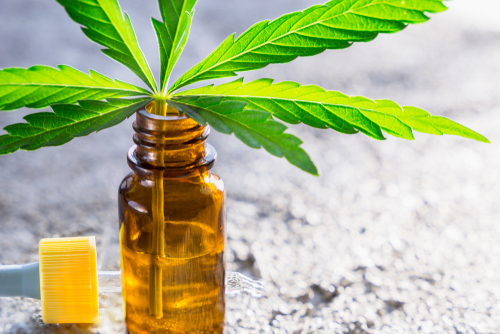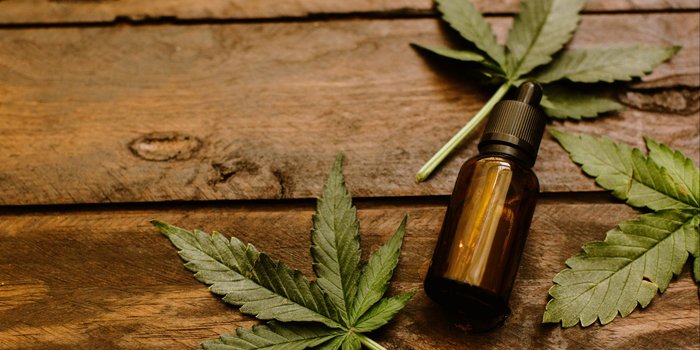The U.S. Drug Enforcement Agency is in the midst of readdressing cannabis following the regulatory approval of the first cannabinoid-based drug for the treatment of some epilepsy patients.
In June, the U.S.Food and Drug Administration (FDA) gave the nod of approval to GW Pharmaceuticals’ Epidiolex as a treatment for seizures associated with two rare forms of epilepsy, Lennox-Gastaut syndrome (LGS) and Dravet syndrome. The FDA’s approval marked two firsts. The first was the fact that Epidiolex is the first FDA-approved drug that contains a purified drug substance derived from marijuana. Secondly, Epidiolex was the first drug approved specifically for patients with Dravet syndrome, a rare form of epilepsy.
While Epidiolex has been approved for use in the United States, there is still one significant hurdle that has to be met before the drug can be available to patients – the DEA. Currently, all derivatives of the cannabis plant, including those that are not addictive, are classified as a Schedule I drug – something that is considered to have high abuse potential with no medical use. Marijuana was included on the Schedule 1 list alongside other drugs such as heroin and cocaine. That though is changing, per the approval of the GW Pharma drug, as well as the fact that some states have legalized the use of marijuana for medicinal purposes.
The new drug is derived from Cannabidiol (CBD), a chemical component of the Cannabis sativa plant, more commonly known as marijuana. However, CBD does not cause intoxication like the illicit use of marijuana. It’s the first in a new category of anti-epileptic drugs (AEDs), GW Pharma said.
When Epidolix was approved, GW said the DEA was going to address its Schedule 1 ruling within 90 days. That would mean the U.K.-based company will be able to begin selling its new medication later this year, the company said at the time of the approval. The DEA appears to be on track for making that change. A spokesperson for the agency told Business Insider at the end of June that the DEA was on its way to reclassifying CBD as a Schedule II or Schedule III drug. Unlike Schedule I drugs that are not considered to have any medicinal use, Schedule II and Schedule III drugs are considered addictive (to differing degrees per the Schedule) but have medicinal use. Schedule II drugs include opioid treatments for chronic pain, which are readily subject to abuse, while Schedule III drugs include things like testosterone therapies and Tylenol with Codeine.
When it was approved, FDA Commissioner Scott Gottlieb said Epidiolex “serves as a reminder” that understanding and advancing development programs from the active ingredients in marijuana can lead to important medical therapies.
GW isn’t the only company awaiting the reclassification of CBD. Other companies are also developing CBD-based treatments for various therapeutic uses. For example, CURE Pharmaceuticals is developing cannabinoids for the treatment of a wide range of sleep disorders. On Wednesday, CURE acquired the non-pain assets of Therapix Biosciences. Therapix is developing a cannabinoid-based pipeline with drug development programs using dronabinol, a synthetic cannabinoid already approved by the FDA, CURE said in its announcement.
(1445)





Leave A Reply